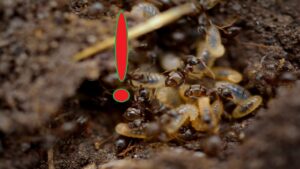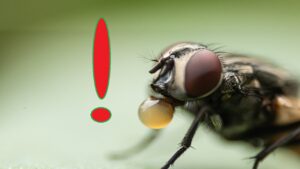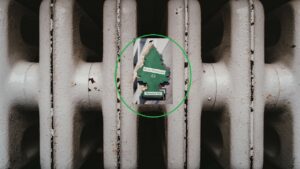Do You Know What Those Holes on Lollipop Sticks Are Really For? You Would Never Have Gotten There!
I’m not sure if you’ve ever noticed, but many lollipop sticks have holes in them. Most people probably haven’t because these little holes are located at the end where the candy is. As a result, they only become visible after you’ve finished enjoying the sweet treat. But it’s likely that, at this point, many people might throw away the stick without ever noticing this peculiar feature.
What are the Holes on Lollipop Sticks for?
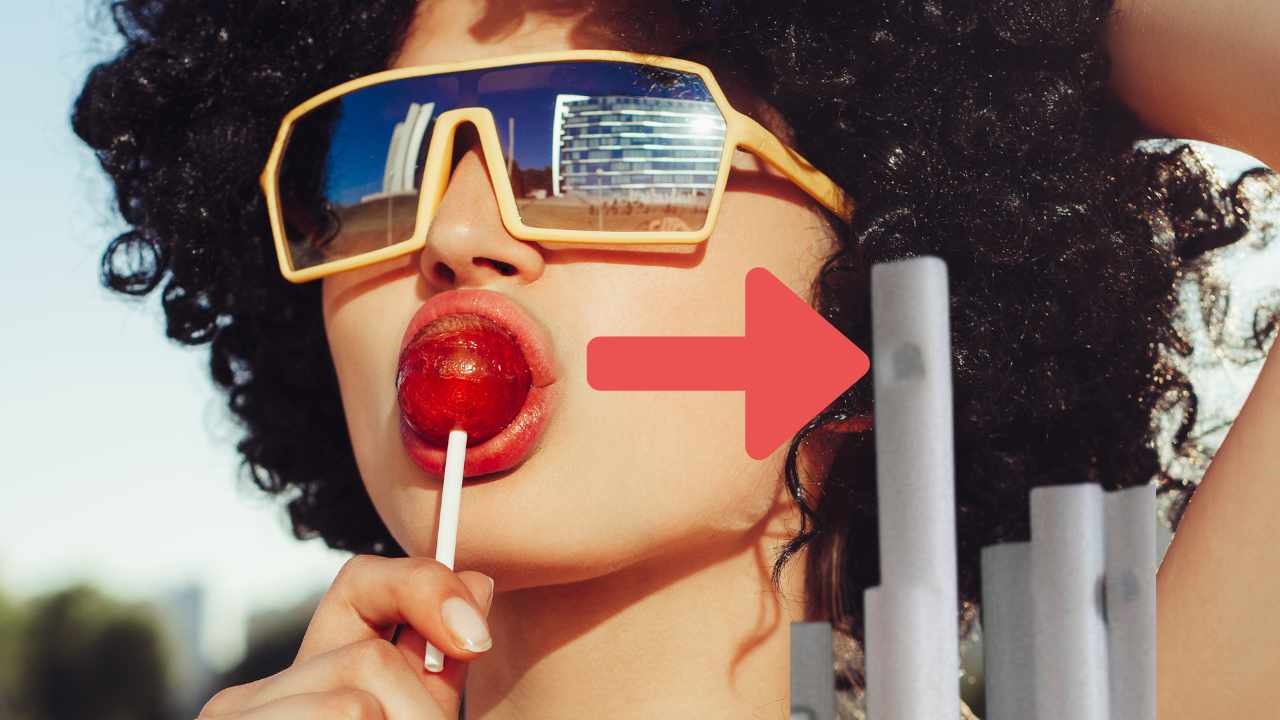
Typically, there are two holes on a lollipop stick. Those who have noticed them might have wondered if these holes could be used as a whistle. However, those who have tried blowing through them may have realized that the stick doesn’t function as an effective whistle. The holes on lollipop sticks aren’t designed for passing a string through, so they aren’t suitable for making pendants or keyrings, unlike the already-pierced shells that we find on the beach.
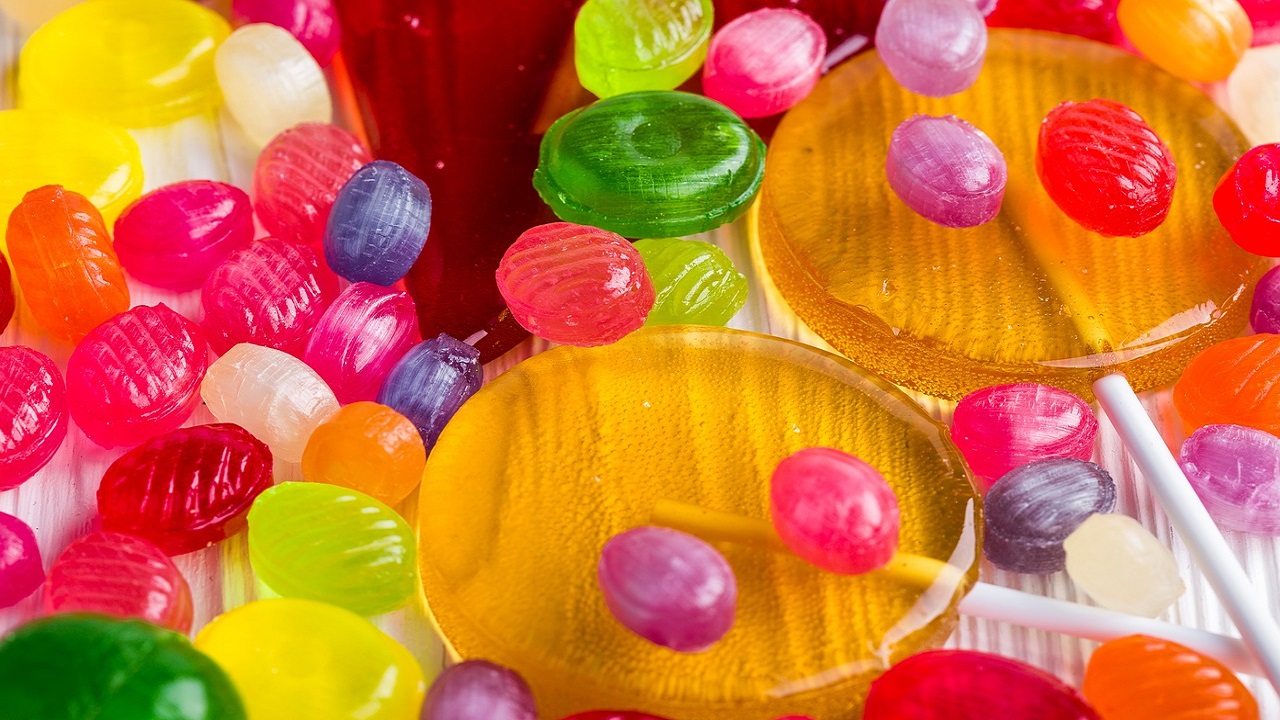
In reality, the purpose of those little holes is much more practical. Originally, lollipops were made with wooden sticks, which had a rougher texture. This roughness created more friction with the sugary candy, preventing it from easily slipping off the stick. However, over time, wooden sticks have been replaced with plastic sticks. This presented a significant problem: the smooth surface of plastic allowed the boiled sugar to slide off easily.
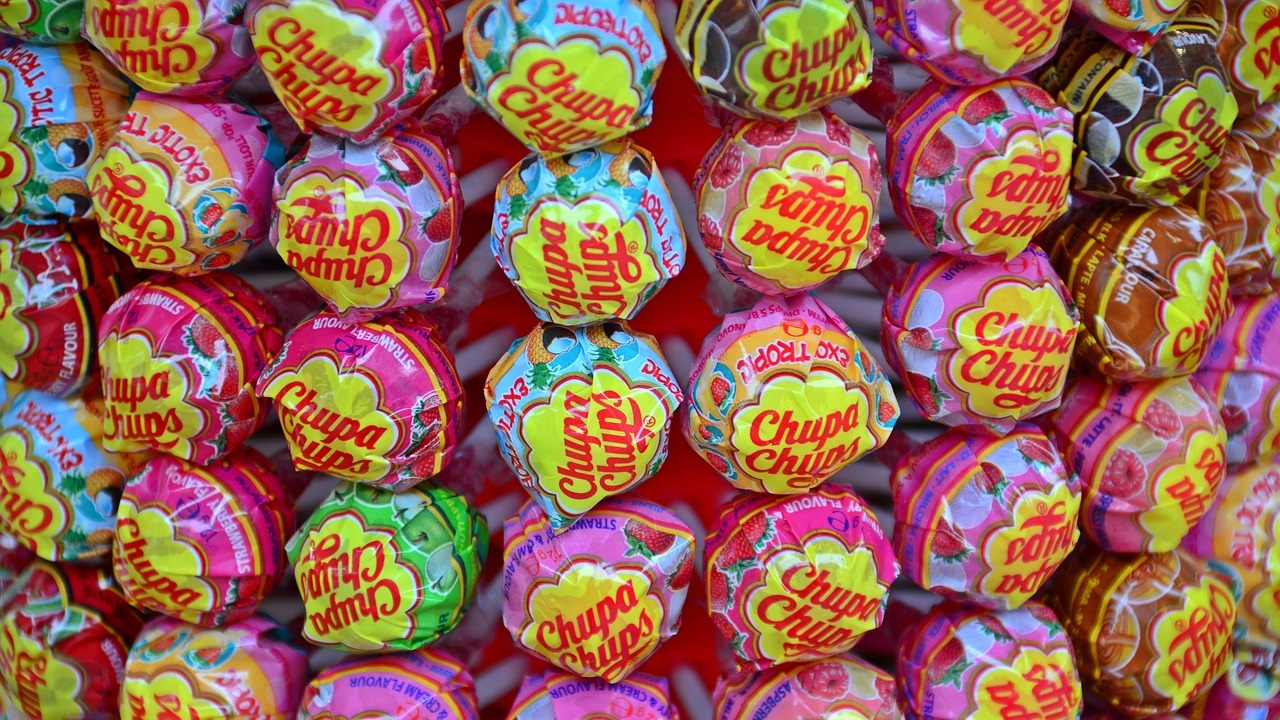
So it was decided to create those two little holes at the top of the stick so that the sugar sticks there and prevents it from dripping away. These holes help the candy adhere to the stick, preventing it from sliding off and potentially falling to the ground, thus avoiding any accidental choking hazards for the unsuspecting consumer. This design change made lollipops safer and more enjoyable to eat.
